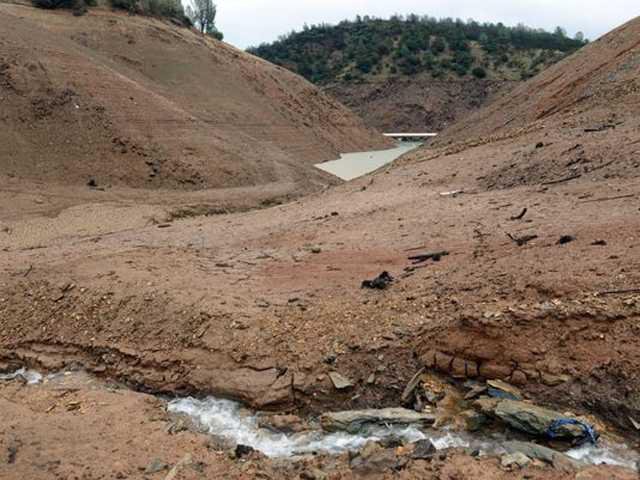The South San Joaquin Irrigation District is guaranteed water — providing it snows in the Sierra. There are all kinds of agreements, legal documents, understandings and adjudications that make it so. But it has to rain.
Are dry years here to stay?
Stanislaus River flow data reflects trend toward less snow




